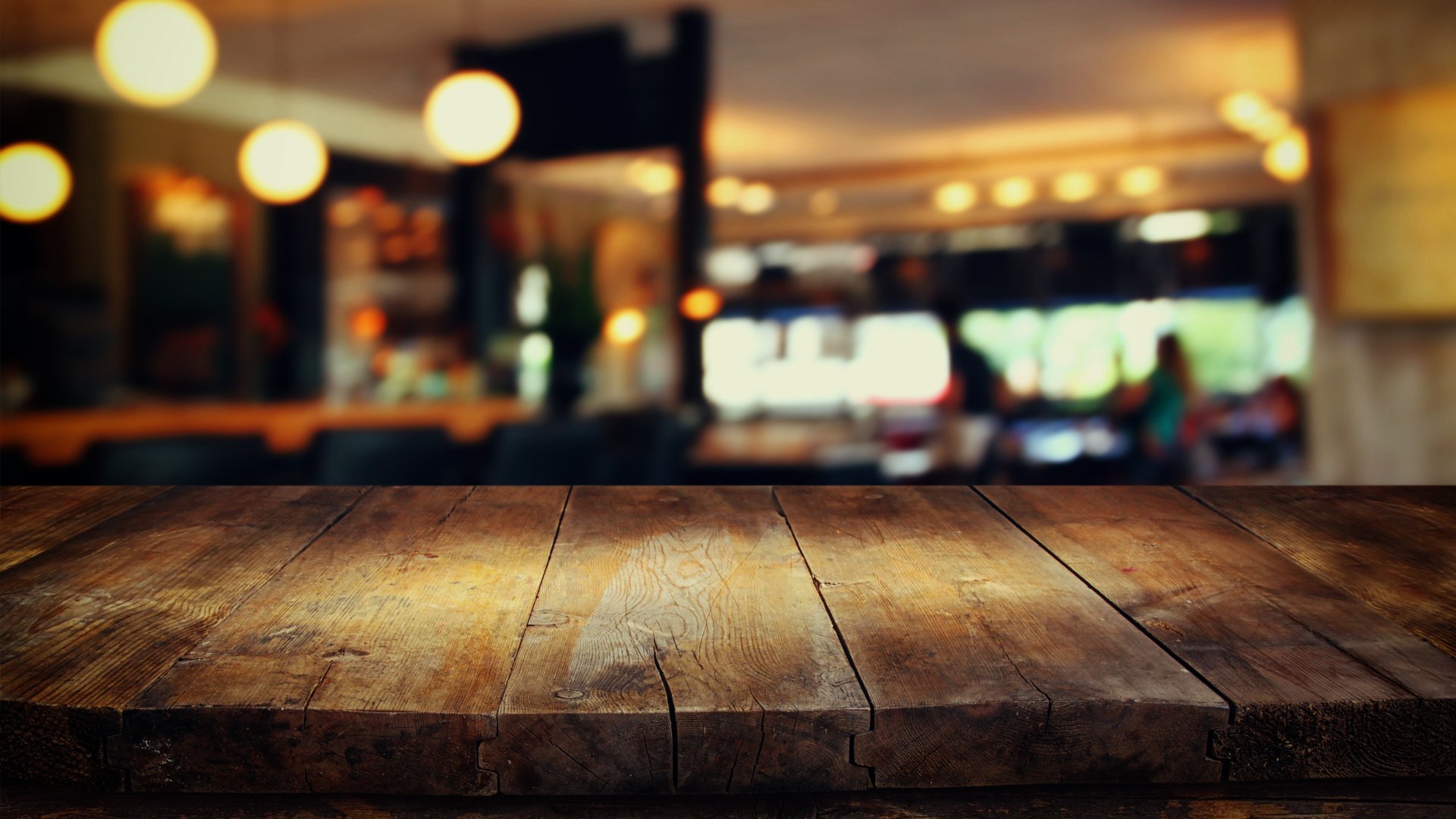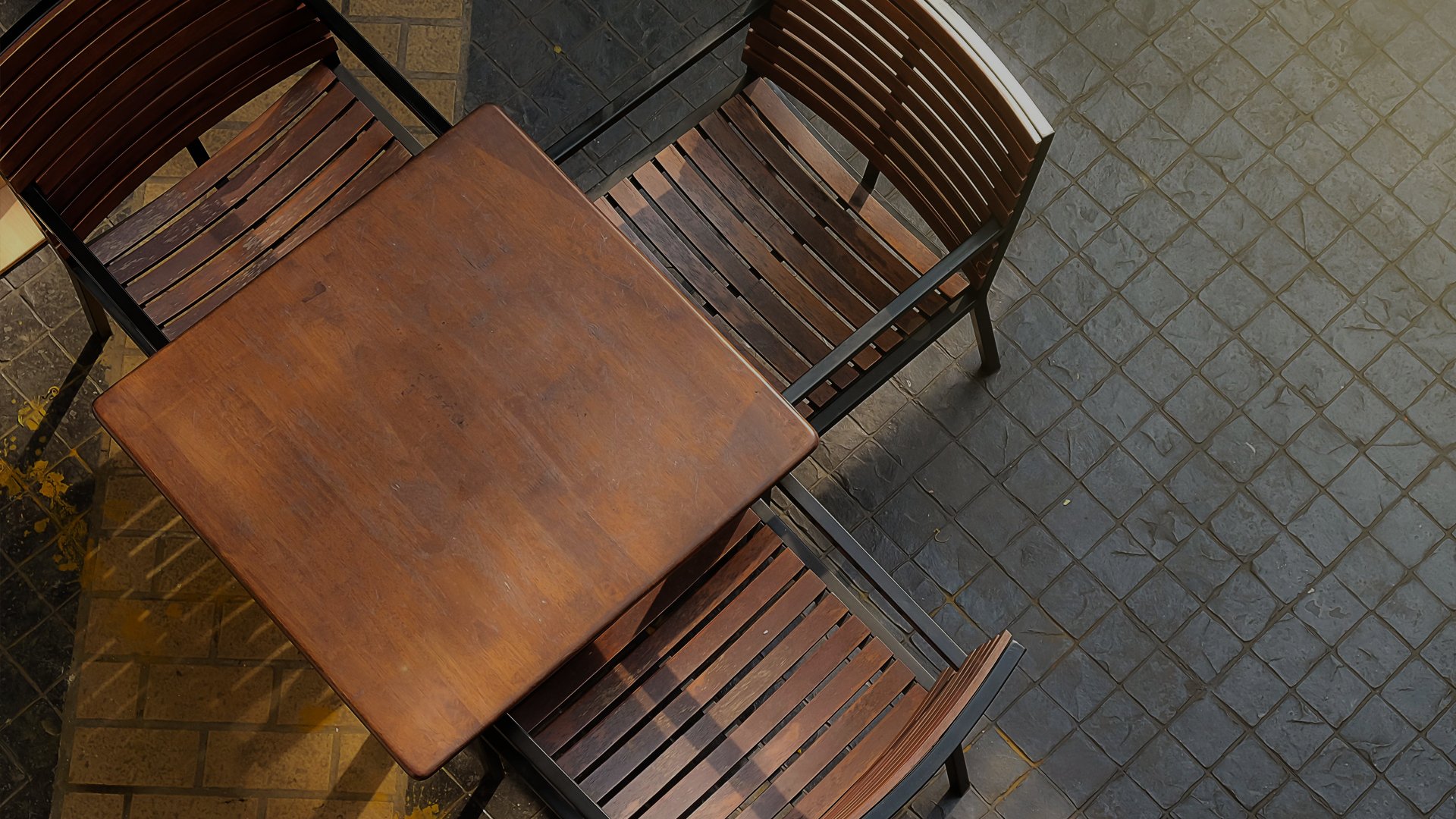There is no comprehensive study of furniture in the Bible, but how it came about and is used is an interesting thought. There were no tables, chairs or beds in the Garden of Eden, for instance. But somewhere along the way, mankind began to build and use these items for work and comfort. And interestingly, though God did not provide furnishings in the Garden, once man began building pieces, God would later use furniture—specifically a table—to interact with His creation. Unlike a chair or bed, which are primarily used to hold people, a table is an object on which to place food or other items. When we use a table, we’re going to do something.
The Table of Shewbread. The very first mention of a table in the Bible comes in Exodus 25. God is giving instructions to Moses about the construction of the tabernacle, the Jewish house of worship used as they wandered in the wilderness. God’s command was to build a “Table of Shewbread” (Exodus 25:23-30, Leviticus 24:5-9). It was to be made of fine wood and overlaid with pure gold. On this table was to be placed shewbread, which is literally translated “Bread of the Face”. These twelve loaves of bread were to be continually refreshed and placed before the presence of the Lord in the tabernacle for his enjoyment and pleasure.[1]
The Table of Shewbread is an article of furniture in the tabernacle (Exodus 25).
God did not need a tabernacle in which to reside, or a table of bread to eat. He created the building and furnishings as a place for His people to meet with Him and worship Him. God could have chosen any objects for His tabernacle. Using a table communicated to His people about the kind of relationship God wanted them to have with Him. He didn’t command the tabernacle to be filled with knives or swords, for instance. He chose a table—an object of fellowship at which people were used to sitting and eating and talking to one another. And there are other tables in the Bible…
The Passover table. When God delivered His people out of slavery in Egypt, He did so through a number of plagues, ending with the killing all the firstborn males of the Egyptians on a night He called this night the Passover. God told the children of Israel to commemorate the occasion by preparing a special sacrificial meal on that night. Then, they were to annually commemorate the Passover with a special meal at a table (Exodus 12). In this case the table is again an object used in worship. This meal is still served in Jewish households today.
The negotiating table. In Bible times, other than the prescribed Passover, people rarely ate at a table. They would instead recline as they sat on the ground. Think about the daily lives of shepherds and farmers (which most people were in those days)—they would not lug a table out into the fields to eat on. So, what are we to do when we read Psalm 23:5: “You prepare a table before me in the presence of my enemies.” In this Psalm, God is the “Good Shepherd”. Is this a picture of God the Shepherd preparing a meal? The Hebrew word for “prepare” used here is arak, which means to set or arrange, often in a military sense—to “prepare for battle”, for instance.[2] The setting of a table in this instance is not an illustration of God’s follower, without worry, eating defiantly and confidently in front of his enemies. Rather, God, having given His flock provision, restoration and peace (Psalm 23:1-4), is now beside them in position at the negotiating table as an adversary is confronted. God and the flock desire the relationship with the enemies to be restored and business to be conducted. Indeed, successful negotiations are often celebrated with a meal as a sign of trust and agreement, both in Bible times and today. The table in Psalm 23 is a beautiful picture of the Good Shepherd, God, preparing us to confidently negotiate with adversaries in order to rebuild and restore those relationships.
The Lord’s Supper table. While commemorating the Jewish Passover, Jesus gave His disciples instructions for a new meal to remember His coming death on the cross. The Lord’s Supper is to be observed by His followers periodically at a table. Matthew 26:19-20 records, “So the disciples did as Jesus had directed them and prepared the Passover. When evening came, Jesus was reclining at the table with the Twelve.” Here again the table is a gathering place for worship. During the Passover meal, “Jesus took bread, and when He had given thanks, He broke it and gave it to His disciples, saying, ‘Take and eat; this is My body.’ Then He took a cup, and when He had given thanks, He gave it to them, saying, ‘Drink from it, all of you. This is My blood of the covenant, which is poured out for many for the forgiveness of sins’” (Matthew 26:26-28). For the Lord’s Supper, the table is a place to gather in remembrance.
Jesus’ Table in heaven. While teaching, Jesus mentions to His disciples that they will eat and drink with Him at a table He has in the kingdom of heaven (Luke 22:30). In the book of Revelation we are told about “the wedding supper of the Lamb” and “the great supper of God” to be celebrated in heaven (Revelation 19:9, 17). Here the table functions as a place of celebration. Jesus alludes to this table of celebration by telling a story: “The kingdom of heaven may be compared to a king who gave a wedding feast for his son, and sent his servants to call those who were invited to the wedding feast, but they would not come. Again he sent other servants, saying, ‘Tell those who are invited, “See, I have prepared my dinner, my oxen and my fat calves have been slaughtered, and everything is ready. Come to the wedding feast”’” (Matthew 22:2-14). The wedding feast is a reference to the church—followers of Jesus—who Jesus refers to as “His bride”. In heaven the table will be a place of worship, celebration and fellowship (togetherness) with Jesus.
The table is an excellent tool for leadership development. Throughout Scripture we see the table as a place of engagement, discussion, celebration, negotiation, and worship. When men are seated across from one another at the table, they lean into the conversation. Compare this to sitting on a sofa—you’re reclined, relaxed, disengaged. A sofa is a great place to watch a ball game, but it’s a poor place to have a meaningful discussion. At Friday Morning Men’s Fellowships, we focus on small groups of men seated around a table, talking with one another as they learn how to lead in marriage, home, workplace and community. A table isn’t just where men meet, it is a tool itself for building meaningful relationships as we develop in life and leadership.














Leadership Ministries provides curriculum for our Leadership Tables. The curriculum is designed to be simple, short, and easy to use, to minimize the amount of preparation required by the Table Leader.